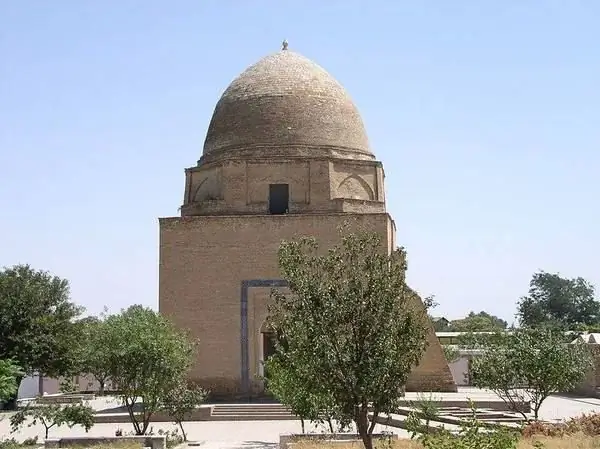
Description of the attraction
A well-known preacher of Islam among the tribes living in the territory of Turkestan, Burkhaneddin Sagardzhi rests in the Rukhabad mausoleum in the center of Samarkand. Sheikh Sagarji died in China, and his ashes were delivered to Samarkand. It is not known exactly when this happened. Some sources indicate that the burial took place in the X century, others indicate a more accurate date - 1287, and still others suggest that this happened in the second half of the XIV century.
The Rukhabad mausoleum appeared over the grave of Sagardzhi in 1380. Funds for the construction of the tomb were allocated from the treasury of the ruler Timur. Almost immediately, pilgrims reached the tomb, because, as many Muslims believed, a treasure was immured in the dome of the mausoleum - a box with the relics of the Prophet Muhammad. The Sagardzhi mausoleum turned into a sanctuary. After some time, Timur united this building with an alley with a spiritual complex, which consisted of a madrasah school and a khanaka hotel. Nowadays, the building of the madrasah has been turned into a shopping center. Handicrafts made by Samarkand craftsmen are sold here. At the end of the 19th century, a mosque appeared near the mausoleum, which still exists today.
The Rukhabad mausoleum differs from other similar buildings in the absence of a lush high portal. It is a small building, consisting of one hall with three entrances. The interior of the tomb is decorated simply and unassumingly. There are decorations in the form of ceramic pieces. Paintings of the walls and dome are painted over.
The Rukhabad mausoleum has been closed for reconstruction twice over the past 70 years. In the tomb, in addition to the grave of Sheikh Sagardzhi, the tombs of his closest relatives were discovered.






